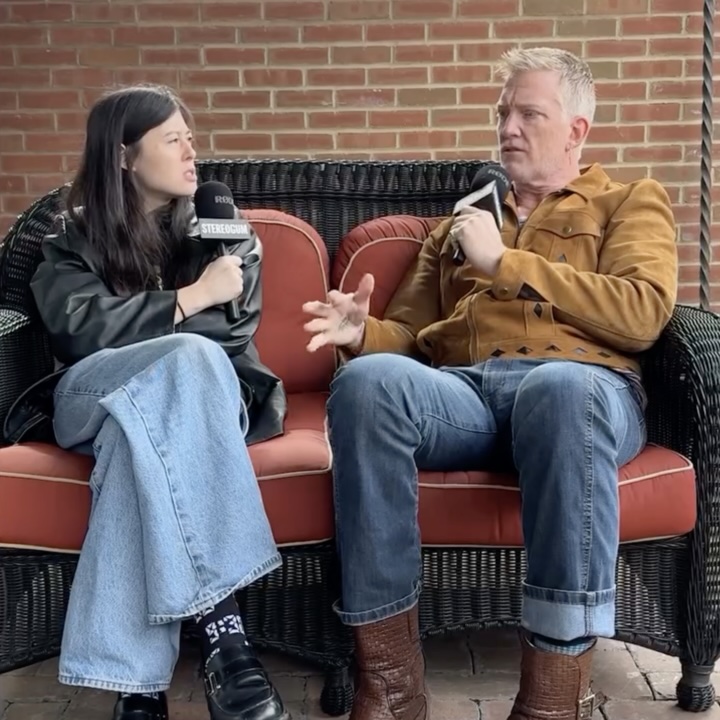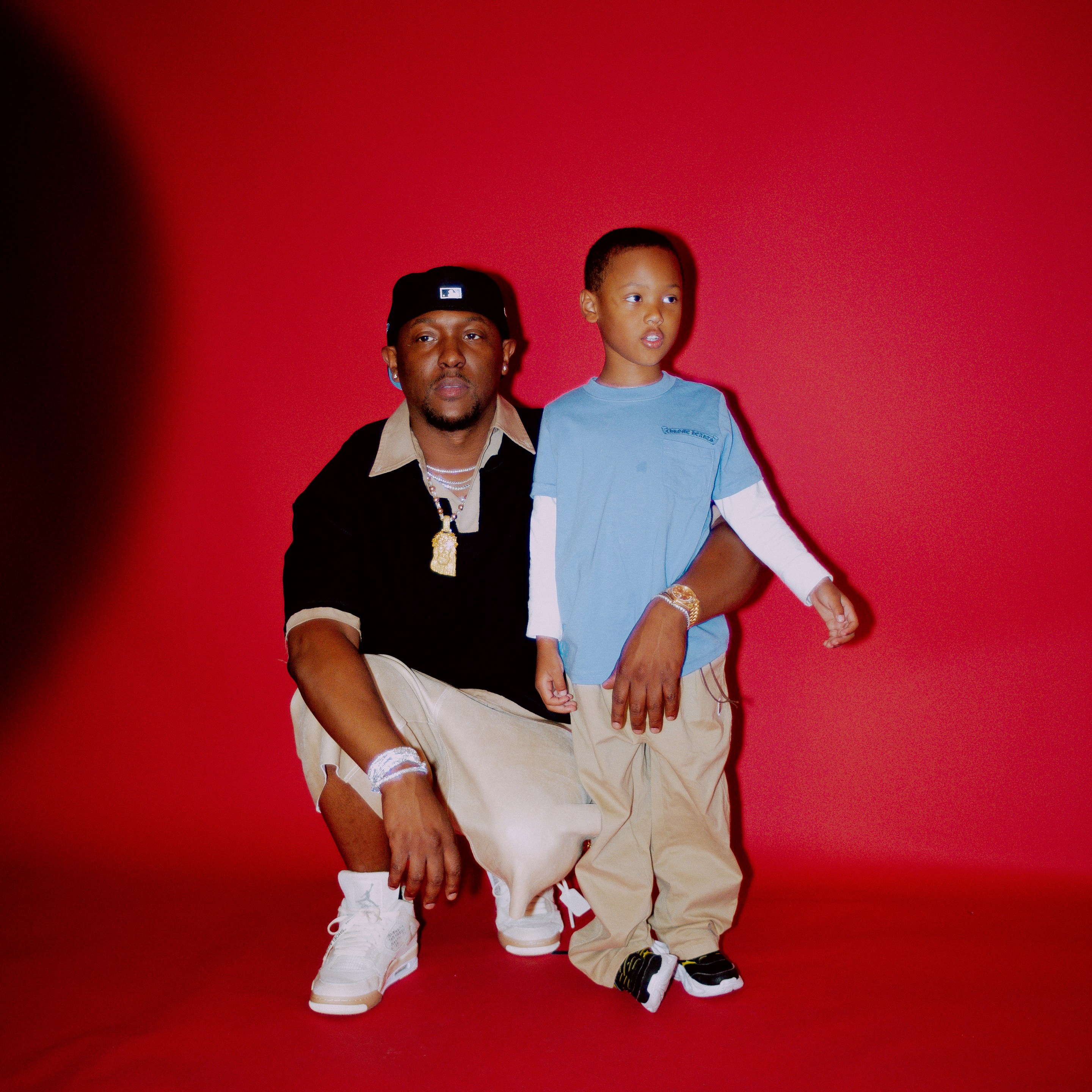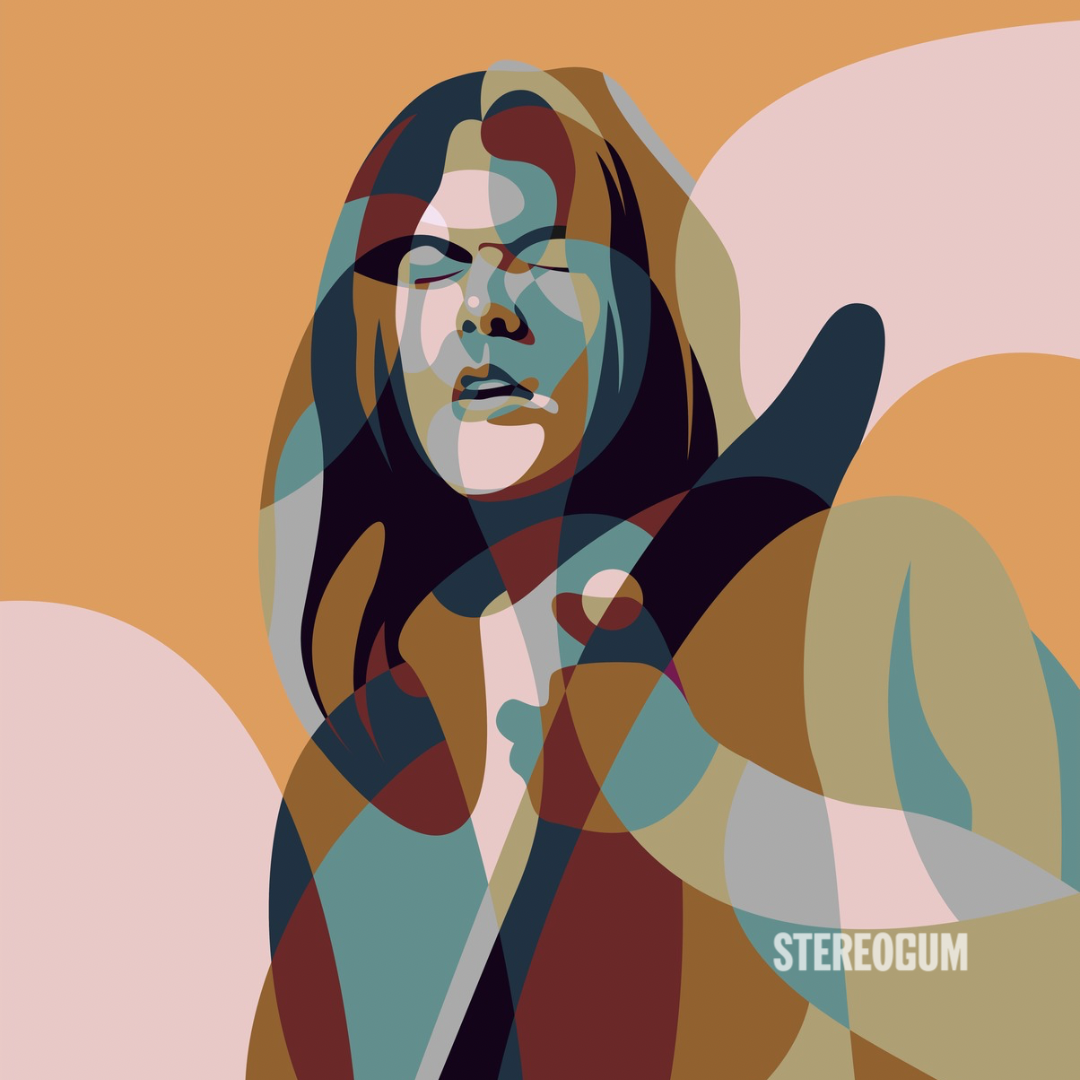Even those who don't recognize the name Galantis have likely had their adrenaline jacked up by Christian Karlsson and Linus Eklöw. Though the two Swedes are front and center in their current project, throughout their long careers they've often been the men behind the curtain, helping pop songs make the leap from mere machinery to magic. Karlsson is the Bloodshy half of Bloodshy & Avant, the production masterminds behind Britney Spears' rapturous "Toxic" among other hits, and he plays experimental pop-rock in Miike Snow with Avant and Andrew Wyatt. Eklöw produces under the name Style Of Eye, and though his CV is long, he's best known for co-writing and producing Icona Pop and Charli XCX's wild "I Love It."
That's a lot of pop firepower, and when the two Swedes team up as Galantis, every bit of it is funneled toward rampant positivity. Their full-length debut album, Pharmacy, out next week, picks up where last year's self-titled EP left off: Each track is a slow-motion eruption, with bold sounds and bright colors building to joyous crescendos. If the duo's particular brand of pleasure feels more human than your average EDM drop, it might be because all their songs begin as guitar or piano sketches before Karlsson and Eklöw flesh them out into festival-ready love bombs.
"In My Head" is one such anthem, a guy-girl singsong that explodes into euphoria. It's a contagious depiction of losing yourself in someone else, capped off by an impassioned chorus that verges on feral: "Now you're in my head and it's out of my hands!" Hear the song for the first time below, where you can also read an interview with Karlsson and Eklöw.
STEREOGUM: The record is called Pharmacy. Is that a reference to party drugs, or the healing effects of music, or both?
CHRISTIAN KARLSSON: It would be the second. Something that me and Linus always kind of come back to is trying all sorts of different self-medication. But then we came back to the studio and the last two years of working on the album has been our best help for any condition.
STEREOGUM: So it's a healing thing for you to make the music, and then I assume the music is intended to have a healing component for the listener, too?
KARLSSON: Yeah, exactly.
STEREOGUM: I can hear that. The songs have this bright, colorful, alive kind of sound. Is that the aesthetic you're aiming for?
KARLSSON: Yeah, I think that's really the main ingredient in Galantis. I'd say we've always got feel-good music but we never want to write typical lyrics for the dance floor or anything like that. The lyrics are something that we think is important and we spend a lot of time on.
STEREOGUM: Anybody can have a song in a major key, but how do you actually get a song to make somebody feel good?
KARLSSON: That's not easy. To us, the hardest part is finding the line between feel-good and just happy, cheesy, or too poppy. It's an area that we try and stay in. I don't know how we get there. That's why it takes a lot of hours in the studio, trying to find that.
STEREOGUM: That makes sense. Do you still start out writing your songs on guitar and piano before transferring them to the electronic side?
KARLSSON: Yeah, for the most part.
STEREOGUM: How did you guys stumble upon that? Didn't you start out trying to produce in a more conventional way?
LINUS EKLÖW: I think if the song doesn't touch you or move you, it's hard to build something real on top of that. We can work a long time before we actually produce a song. That's been the trick that's been working for us on this album.
STEREOGUM: You mentioned there's a musical sweet spot where you get that big feel-good sound. Are there times when you have to cut songs because they don't sound Galantis or they don't fit the theme of the project?
KARLSSON: Yeah, of course. Sometimes you have to start over. There are parts of [the album] that didn't feel Galantis. It's in the process. That's also why we write a lot of material. We don't write finished songs. We always write "starters," we call it: pieces of music that we like, that we collect. We do it all the time. The EP was almost a part of Pharmacy, in one way. We ended up with too many songs and then we said "We can chop this off right now, make it an EP, and then continue working."
STEREOGUM: We're premiering "In My Head" today. Can you guys share a little bit of backstory on that song?
KARLSSON: It's definitely one of our favorite songs on the album. It took a few runs to end up where it's at.
EKLÖW: It's not a conventional four-by-four loop.
KARLSSON: It's three and a half, which makes the whole song come to life. I think that's a big part of why we like that song so much.
EKLÖW: It's more than the actual rhythms in there; it's creating this melody. Christian was the one who tried to seduce me into loving it. [Laughs]. It took a few hours in the studio to get around because we still need that sort of loop to feel natural in a way, and so we worked a lot on that, to not make it sound forced. Because, you know, like old fusion music or something where they actually try to be as hard to get as possible, that's not what we're about.
KARLSSON: [Laughs]. I kept hearing it that way and no one else got it. And I was like, "This doesn't make any sense! I just hear it this way and it's the only way I hear it!" It was a big celebration on my end when we finally got it to work in three and a half bars. I actually didn't know it was going to work, I just kept going the way I heard it.
EKLÖW: The first hour I looked at him like he was crazy. The second hour I started saying, "Oh, maybe this can work."
STEREOGUM: It's cool because when you think of an unusual time signature, you do expect it to be this kind of thing where it sounds unnatural or weird, and I didn't realize it was in an odd time signature. It's cool when you're able to sneak up on something that feels natural when it's actually pretty unusual. One of the previous singles was "Peanut Butter Jelly." Are you guys familiar with the joke song that was popular on the Internet called "Peanut Butter Jelly Time"?
KARLSSON: Yeah.
STEREOGUM: Was that any kind of inspiration or was it completely unrelated?
KARLSSON: This is something I had in my head over ten years ago, the phrase. I couldn't find a way to put it into a song. It's been around in my head and then finally we found a way to put it into a song.
STEREOGUM: We've premiered a couple of your videos in the past and it seems like you guys put just as much presentation into the visuals of the music. I know one of the first things we did with you guys was the "Smile" video. Can you talk about where the concept came from for the O-face thing?
KARLSSON: [Laughs] That was just an idea we had. We were lucky to find an amazing director, Dano Cerny, who shared our vision for that video. He really was feeling what we were talking about, and he executed it.
STEREOGUM: Obviously you've done a lot visually with the Seafox girl. Can you tell me a little what the idea is behind her and where she came from?
KARLSSON: Seafox was something we were working on when we were trying to figure out what the visual thing of Galantis was going to be. It's as important as the music to us, so we were working with a UK guy, Mat Maitland, and together we came up with the Seafox. And now we have brought her to life.
STEREOGUM: Are there certain characteristics or personality traits we're supposed to see in her, or is she supposed to stand for something?
KARLSSON: Yeah, definitely. But we don't like to tell it. I think people are figuring it out themselves, almost giving their own interpretation, and making all types of different anecdotes out of it, which is cool.
//
Pharmacy is out 6/8 on Atlantic. Pre-order it here.






